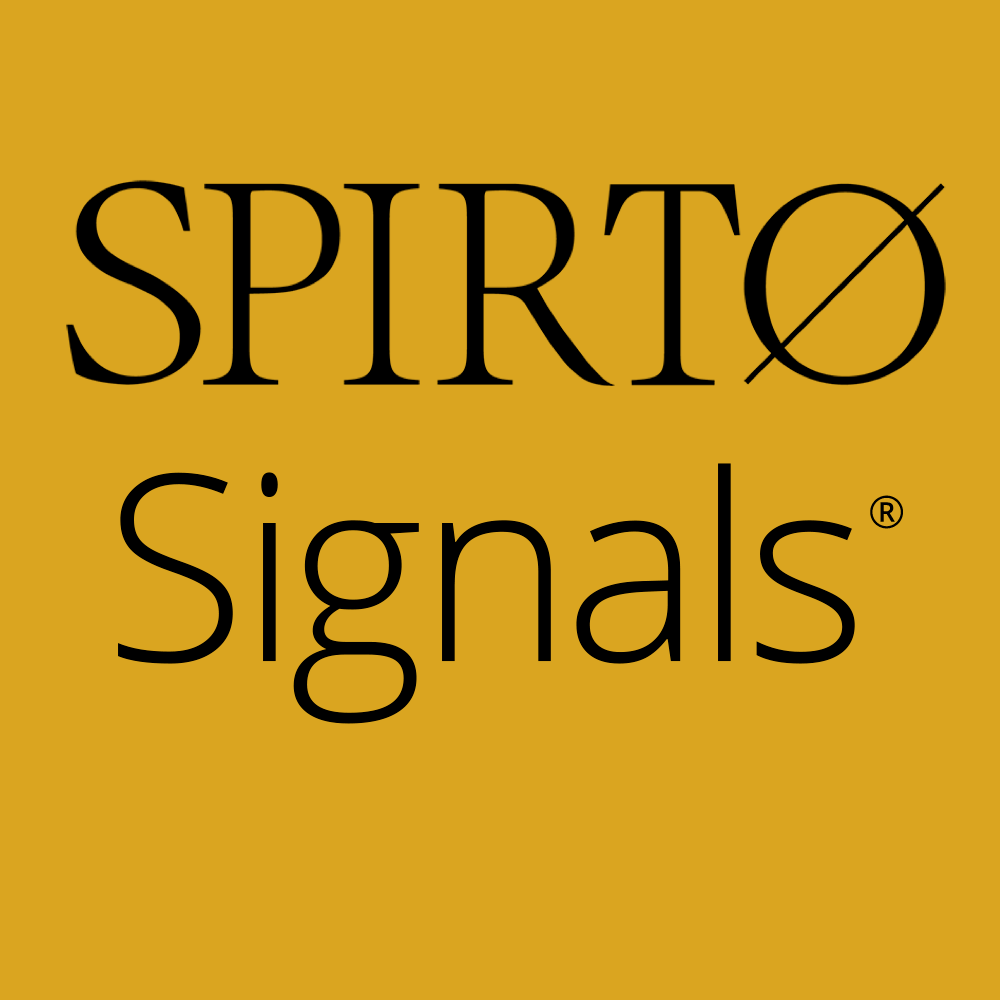The 24/7 Scheduling Crack: Why Access Hours Are the New Competitive Edge
NOVEMBER 2025
The 24/7 Scheduling Crack: Why Access Hours Are the New Competitive Edge
The Signal
Consumers don’t “leave a message and wait” anymore—they book now or bounce. Most health systems still gate scheduling to business hours, while competitors (and retail health) capture intent late nights and weekends. Every closed hour turns marketing into window-shopping: demand generated, revenue deferred.
The Shift
Treat marketing as access enablement, not just acquisition. The economics flip when the KPI isn’t impressions but time-to-appointment. Always-on scheduling, after-hours response, and frictionless routing convert intent when it happens—especially between 7 p.m. and 7 a.m., when digital shopping peaks across categories.
The Move
Instrument the funnel by hour. Track visits then start-to-schedule and completed bookings by time of day. You’ll expose after-hours leakage.
Reallocate 10–15% of media to access. Fund self-scheduling, chat triage, callback-in-5, and extended-hours coverage before buying more clicks.
Operational SLAs, not anecdotes. Target: first response <60 seconds (chat/phone), first available <72 hours (priority clinics), abandonment <5%.
Market availability as the value prop. Lead with “Care without the wait—book in 60 seconds, 24/7.” Put real slots behind the promise.
Govern weekly. One scoreboard: time-to-appointment, after-hours conversion, capacity utilization, revenue per booked slot.
SPIRTO Insight: When “we’re open” becomes a system capability—not a campaign line—unit economics improve across the board: lower CPA (fewer re-marketing cycles), higher show rates (same-week appointments), and reduced leakage (capturing intent at the moment of choice). Access hours are a margin lever disguised as a scheduling setting.
Closing Thought
If your scheduling window is 8–5 and your competitor’s is midnight-to-midday, you don’t have a brand problem—you have a clock problem. Open the door when patients knock.

